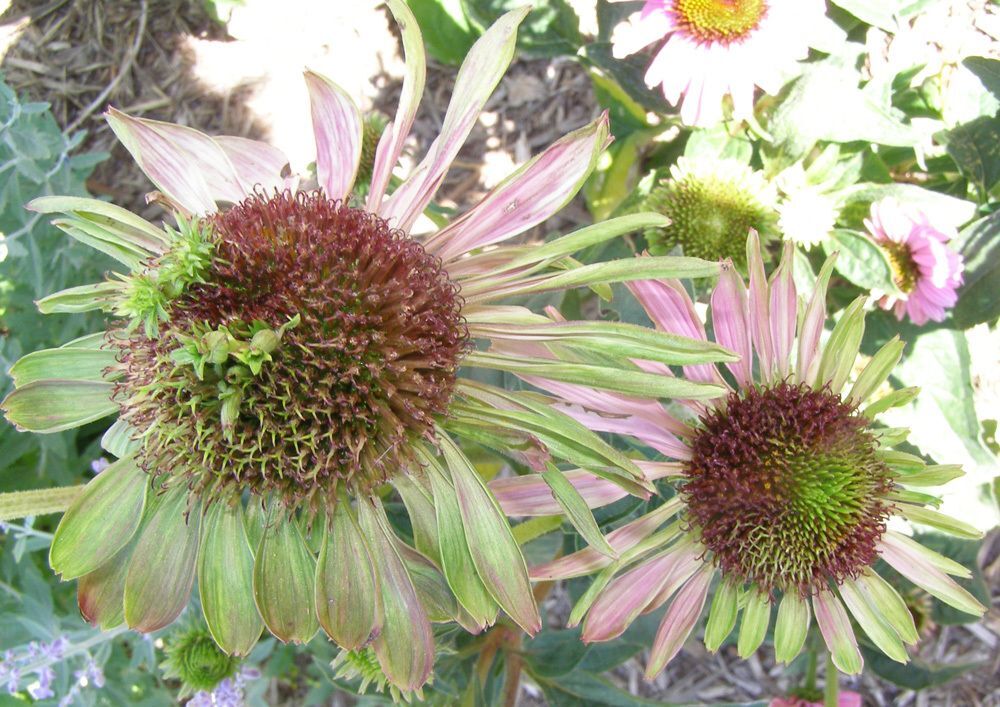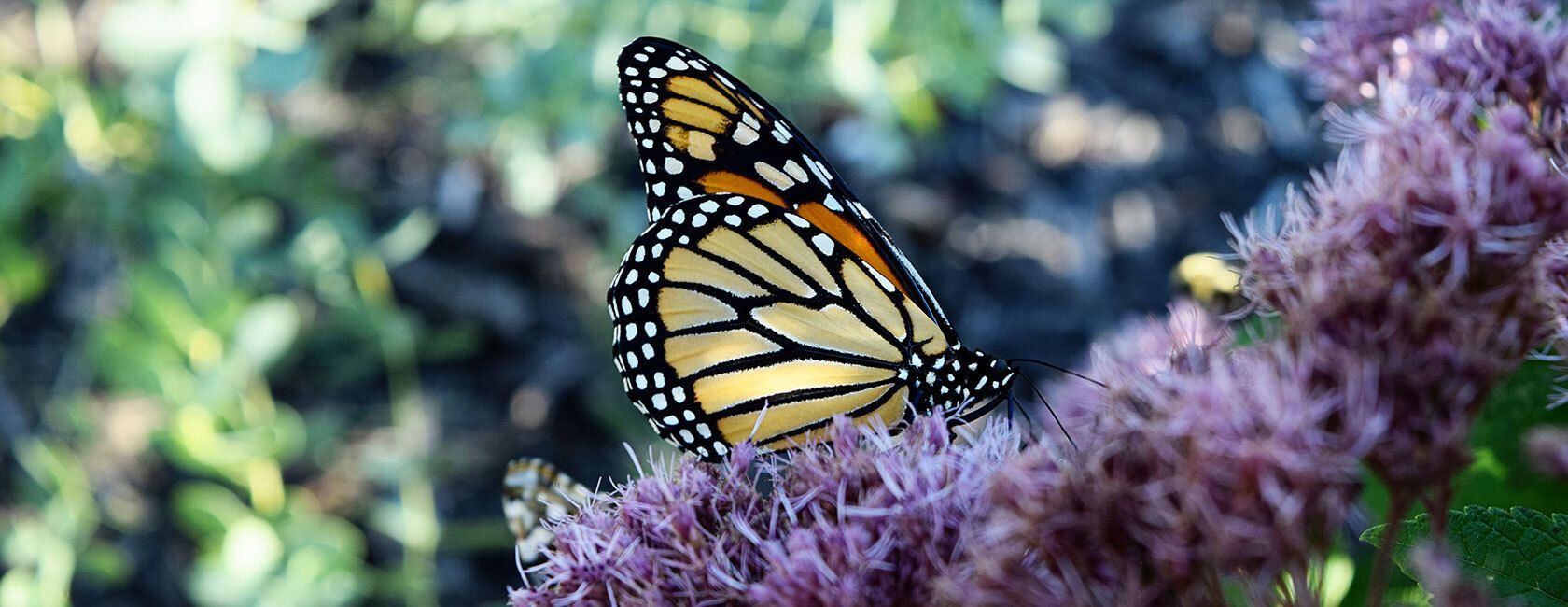
If you’ve seen coneflower, black-eyed Susan, asters and other perennial or annual flowers turning green and sprouting deformed leaves inside the blooms, your plant may be suffering from a disease called aster yellows.
Aster yellows is a viral-like disease caused by phytoplasma, a type of microscopic organism that obtains nutrients from plant phloem tissue. The disease spreads from plant to plant when insects, particularly the leafhopper, feed on an infected plant and then carry the phytoplasma to another plant.
Symptoms of infection include chlorosis—yellowing leaves with veins that remain green—slowing plant growth, curled foliage, deformed flowers, green petals and even leaves sprouting from the flowerhead itself (a process called phyllody, which is when a flower reverts to its leaflike form). Sometimes it will look as though the plant is producing a flower with just a green center without any petals.
In addition to flowers, aster yellows can also affect lettuce, carrots, tomatoes, potatoes and celery.
Unfortunately, aster yellows is incurable and prevention is difficult. It's important that once you see signs of it on your plants that you immediately remove the infected plants—dig them up, roots and all, and destroy them. Though the pathogen can infect all parts of the plant, it can't survive in the soil.
Also be sure to clean up dead or dying leaves from the area around the infected plant. And try to keep dandelions, plantains and other broad-leafed weeds out of your flower beds, as they can harbor the pathogen in their cells from one year to the next.
Aster yellows is more pervasive in cool, rainy summers. According to Missouri Botanical Garden, the aster yellows pathogen can’t tolerate prolonged periods of hot weather. Temperatures of at least 88°F for 10 to 12 days inactivate the pathogen in both the leafhopper and the infected plants, so Nebraska's hot summer temperatures are helpful in this regard!
Another disease that affects coneflower and is often confused with aster yellows is Eriophyid mite infestation, which can cause similar greening and distortion of the flower. However, it affects only the seedhead—presenting as green or reddish-green tufts sprouting from the tops or sides of the cone—typically leaving the leaves and stems alone.
Unlike aster yellows, an Eriophyid mite infestation can be treated by removing and destroying the infected flowers and then treating susceptible plants with a horticultural oil or a miticide in the spring before buds open.


